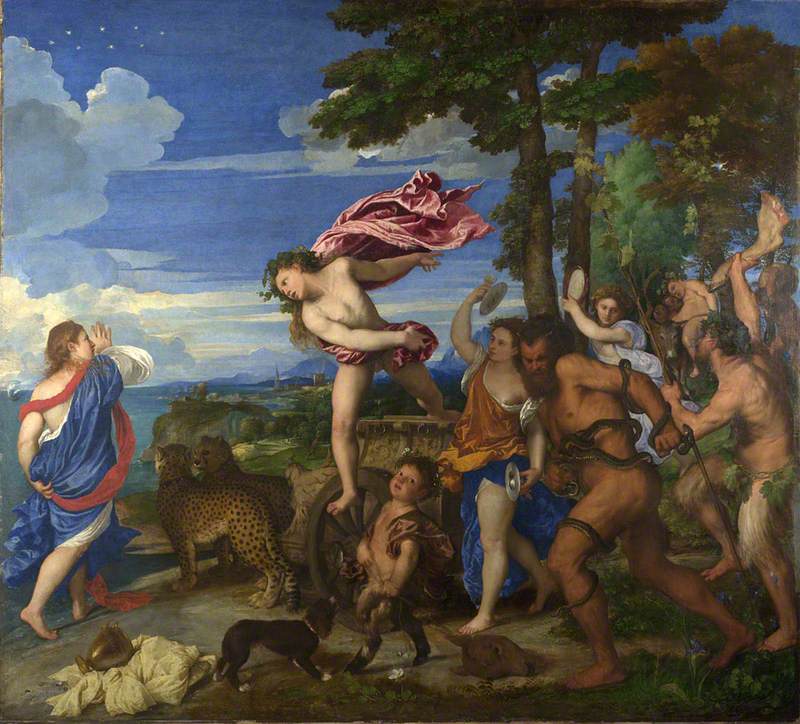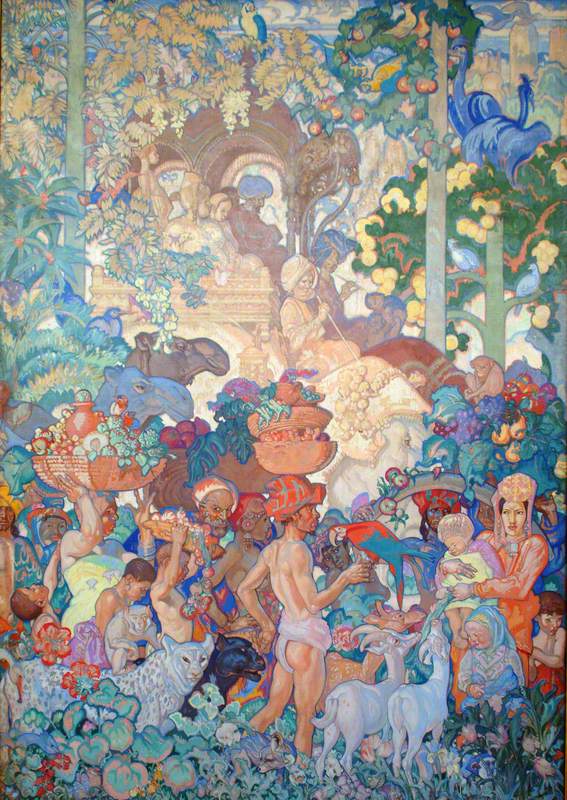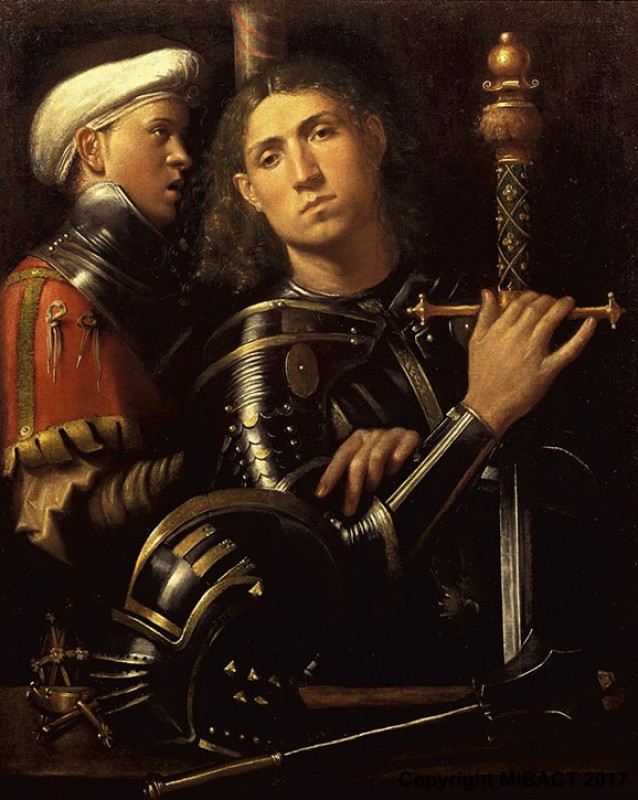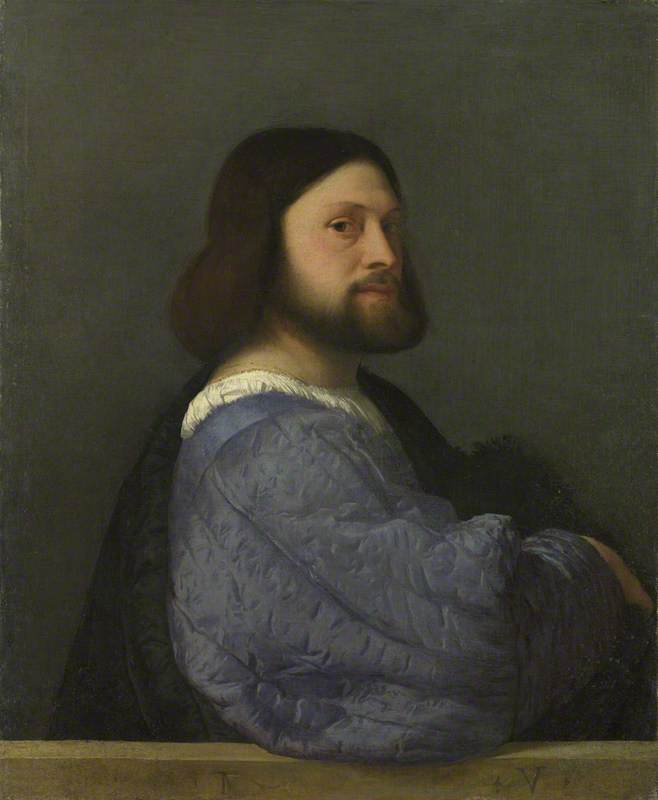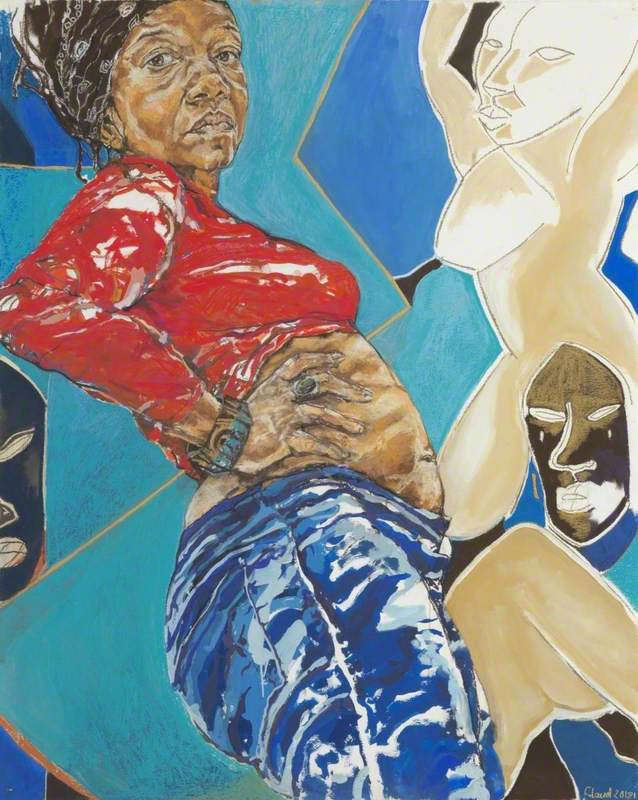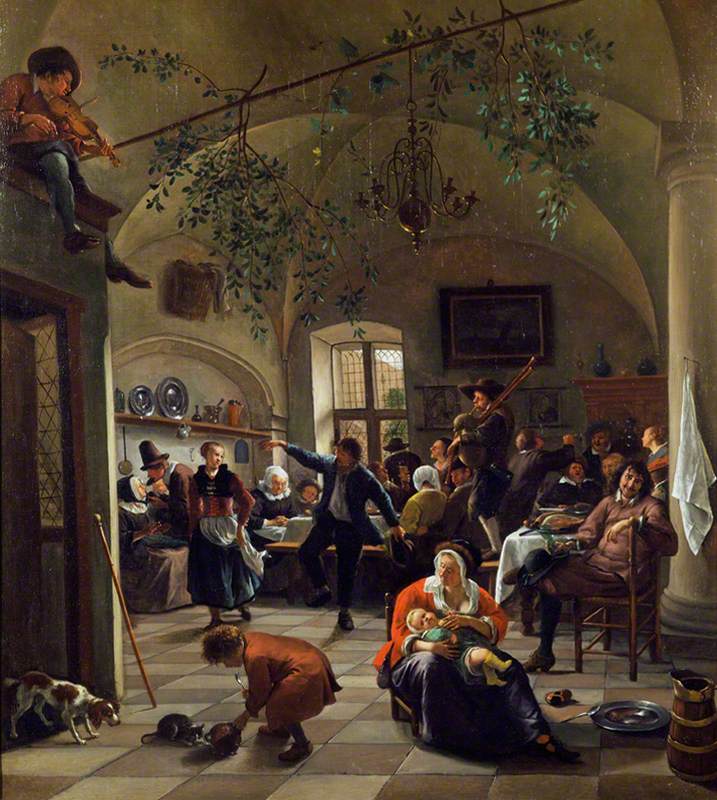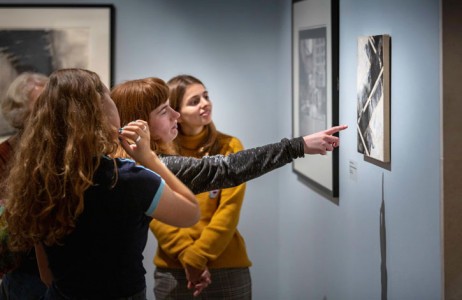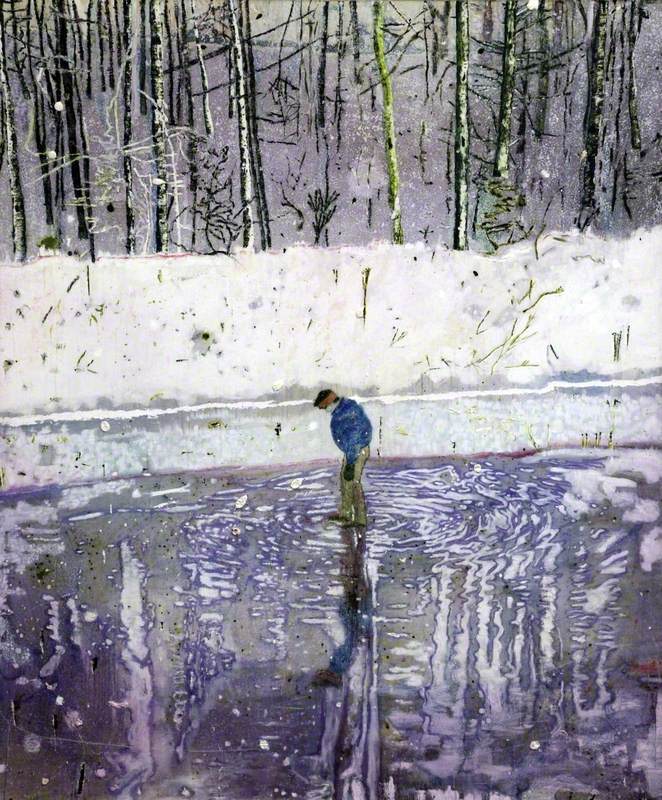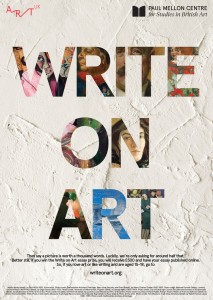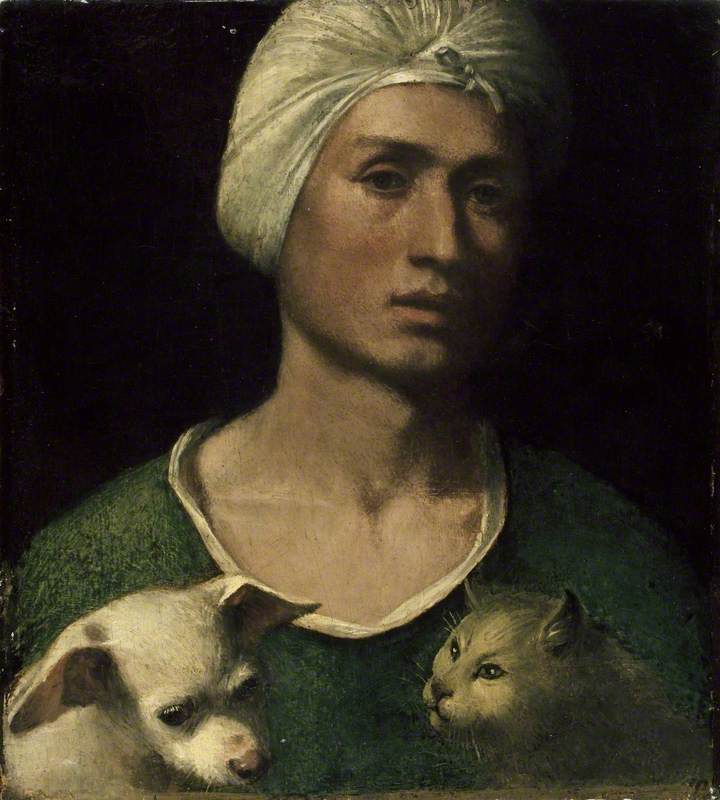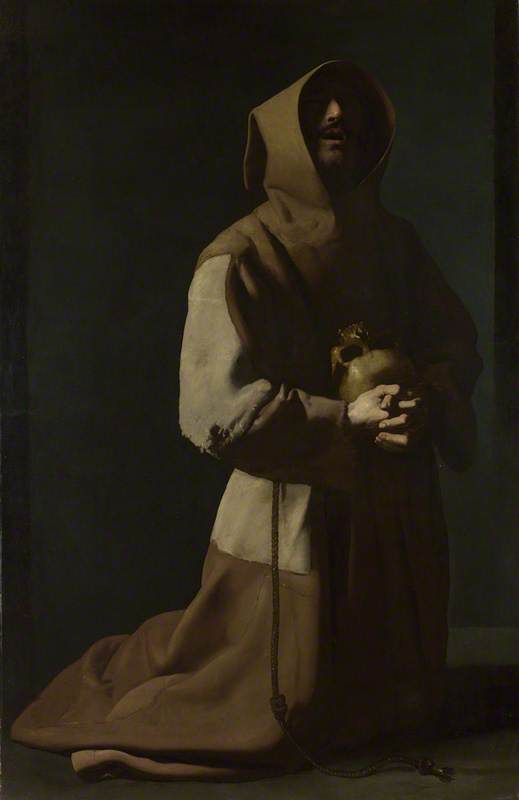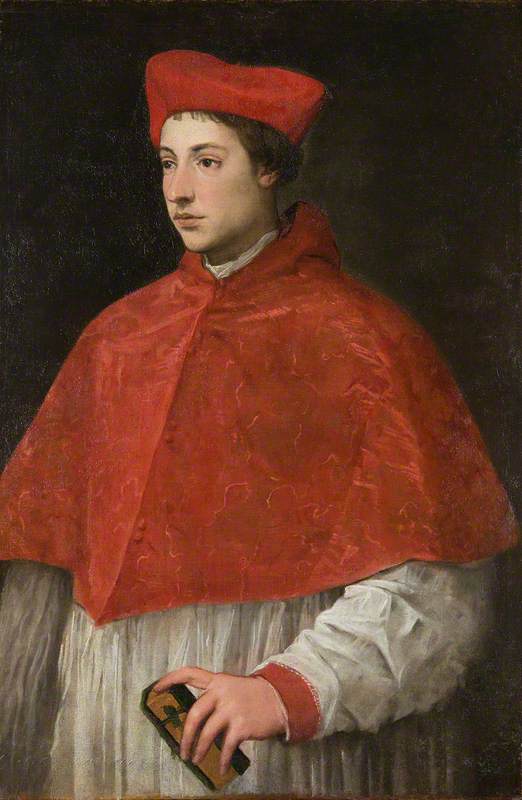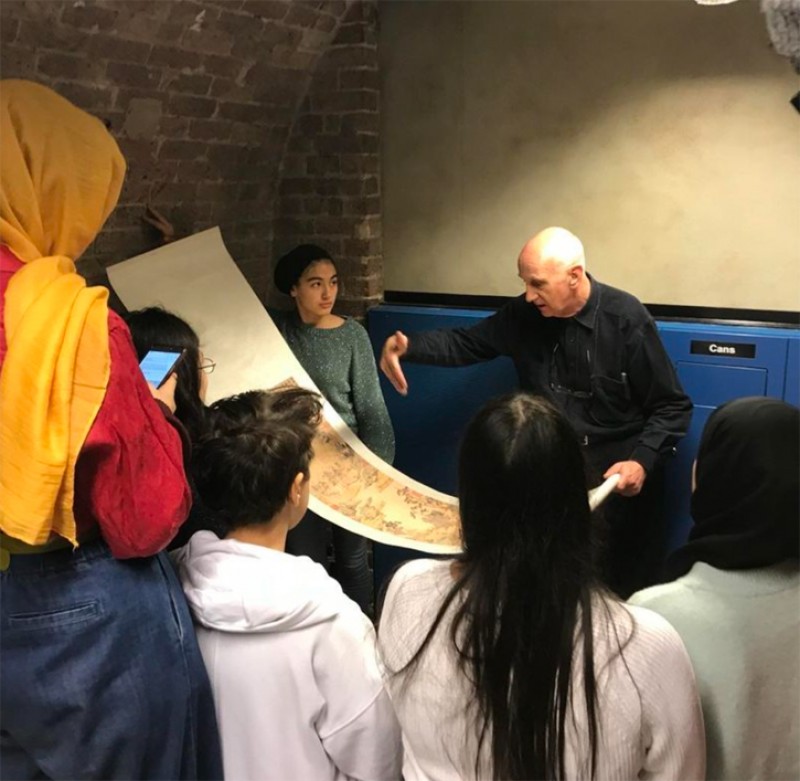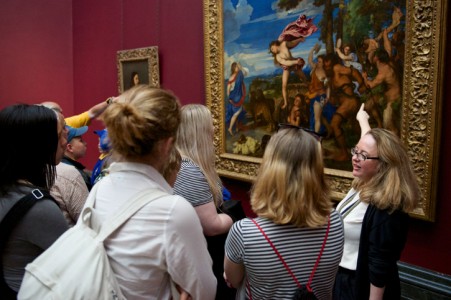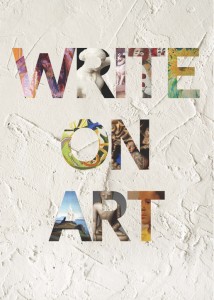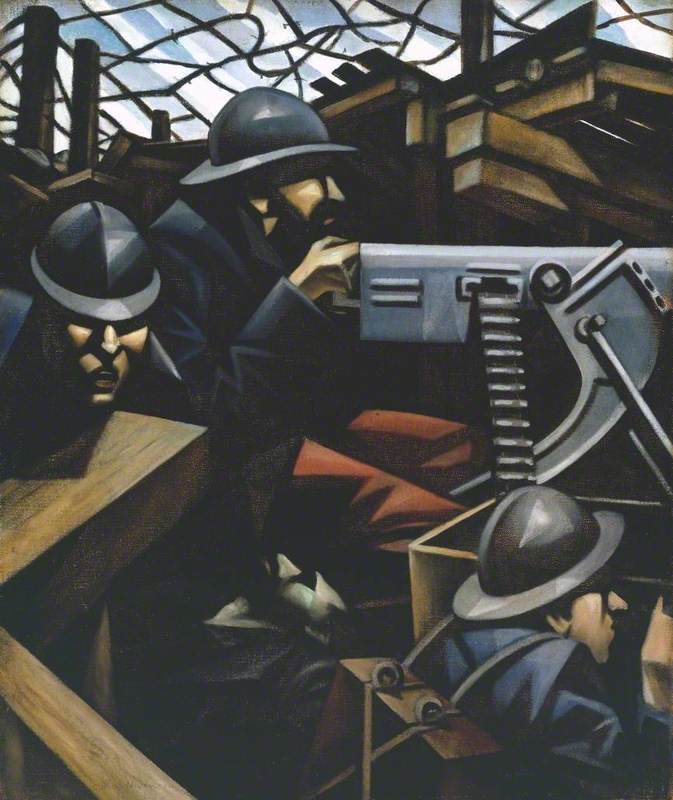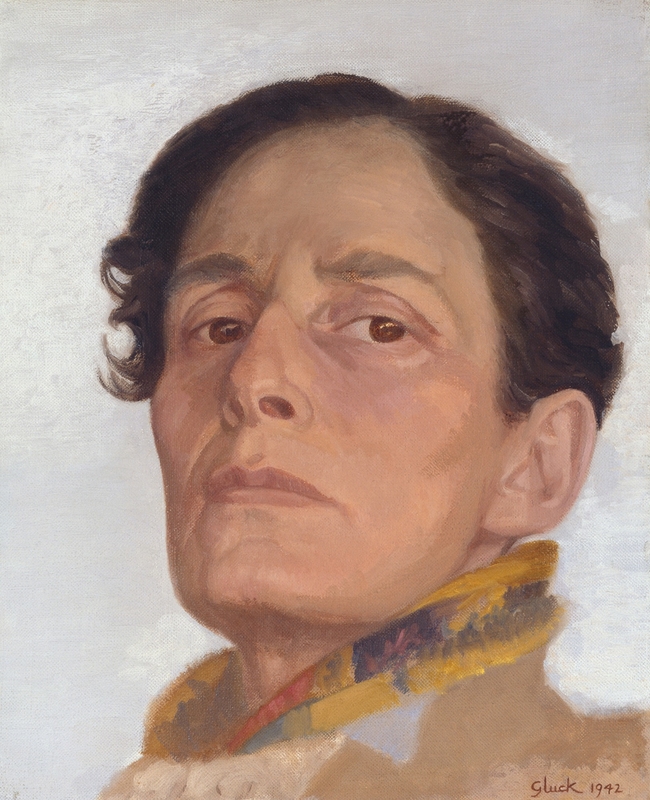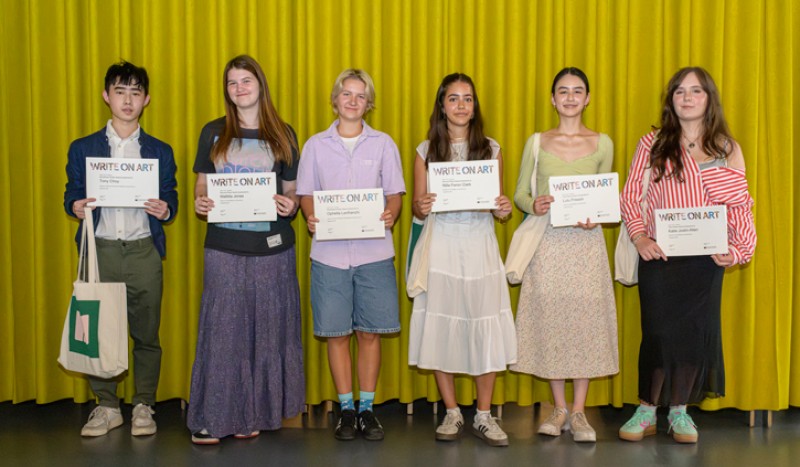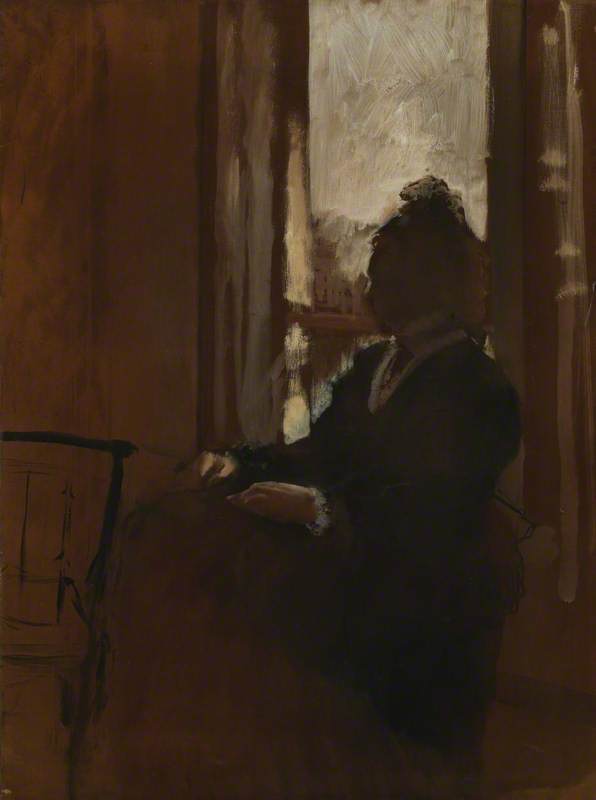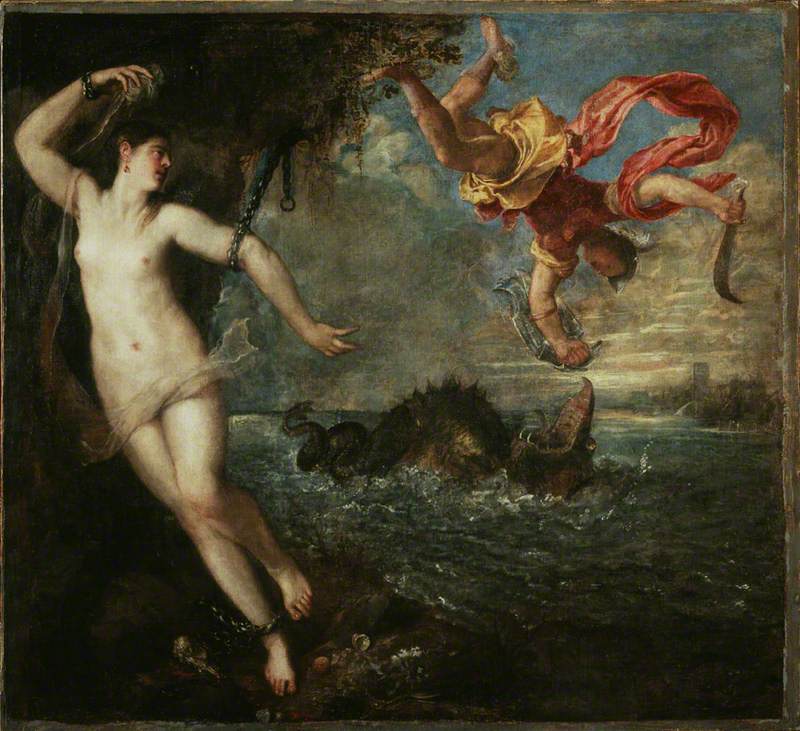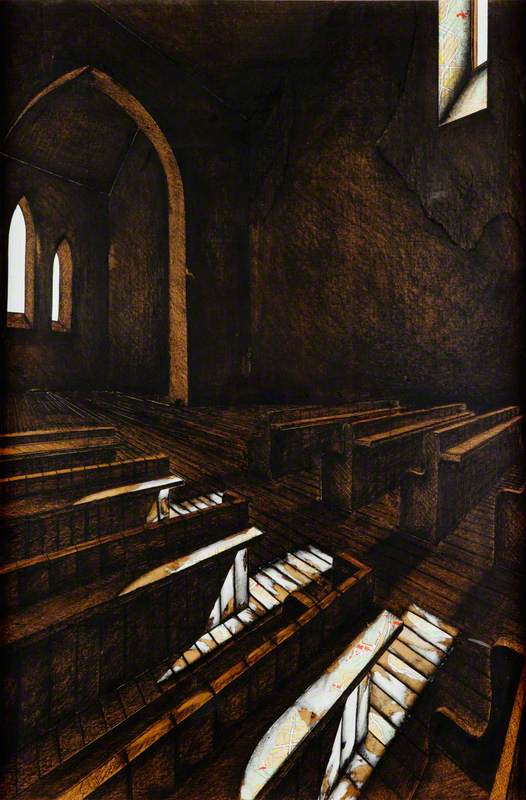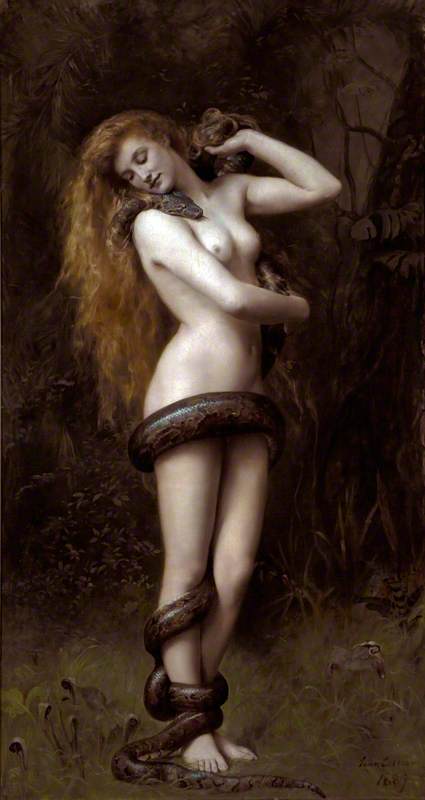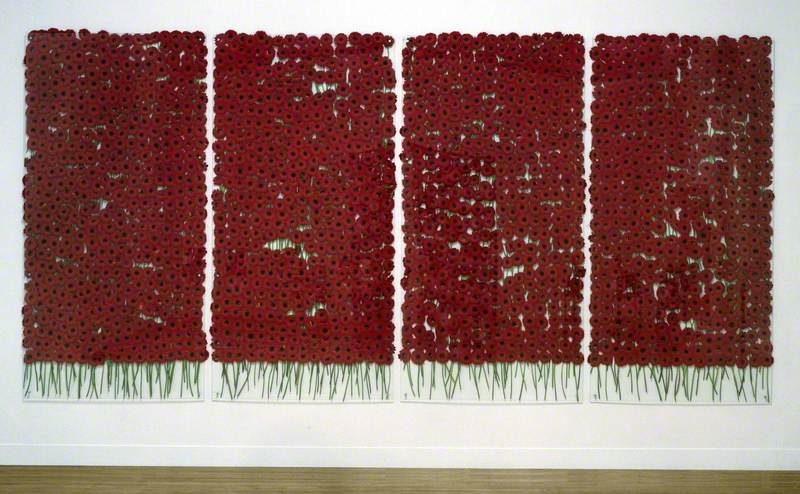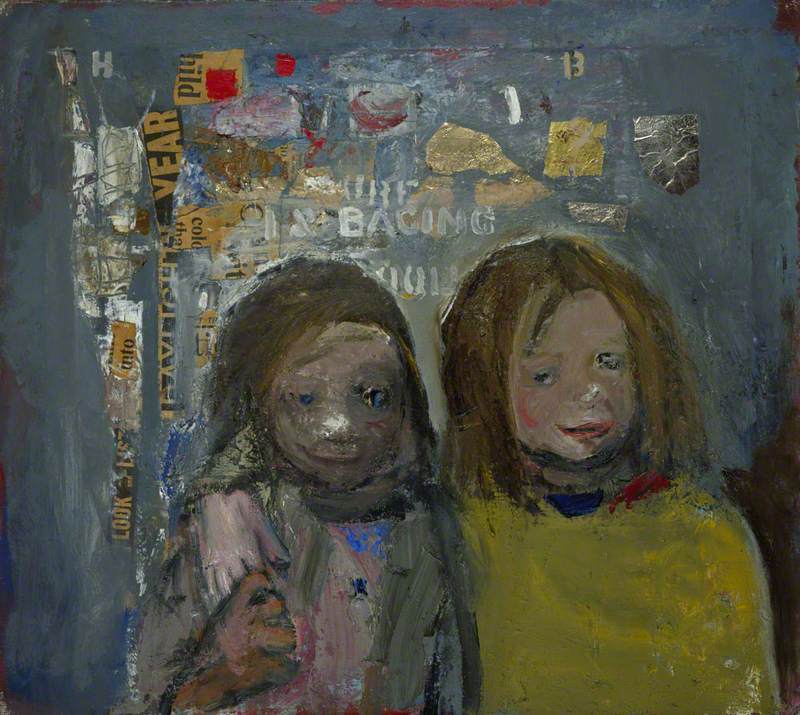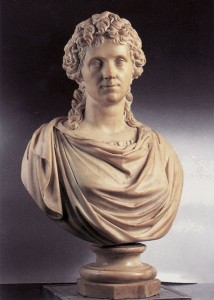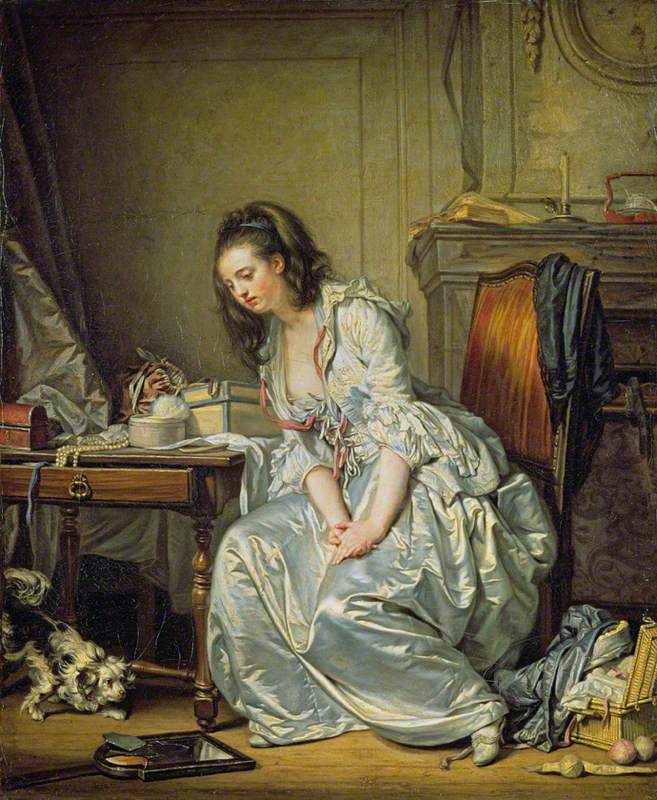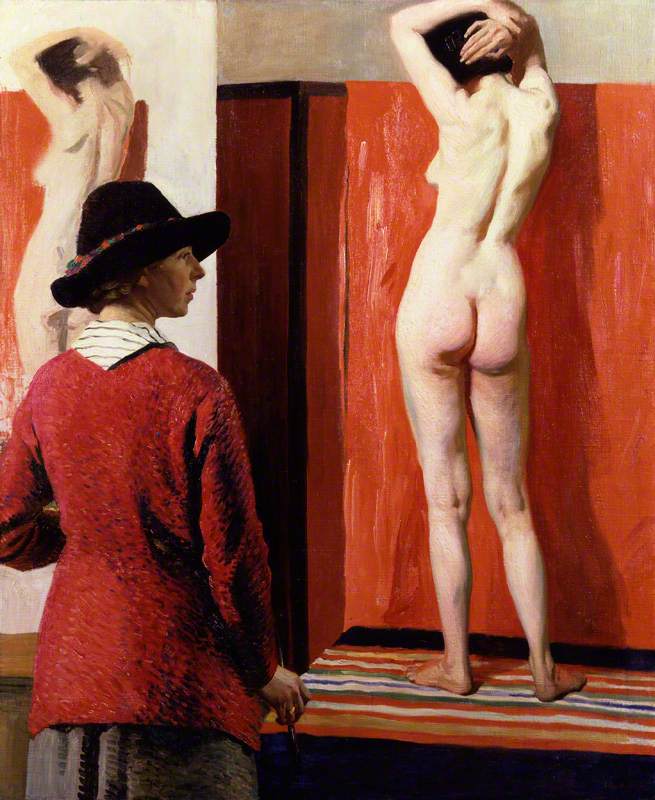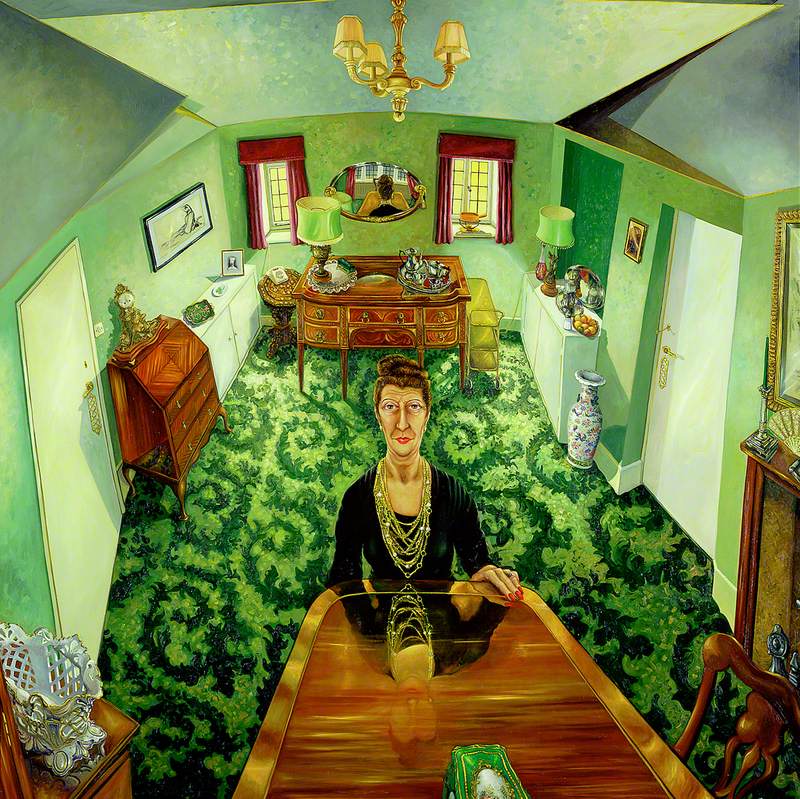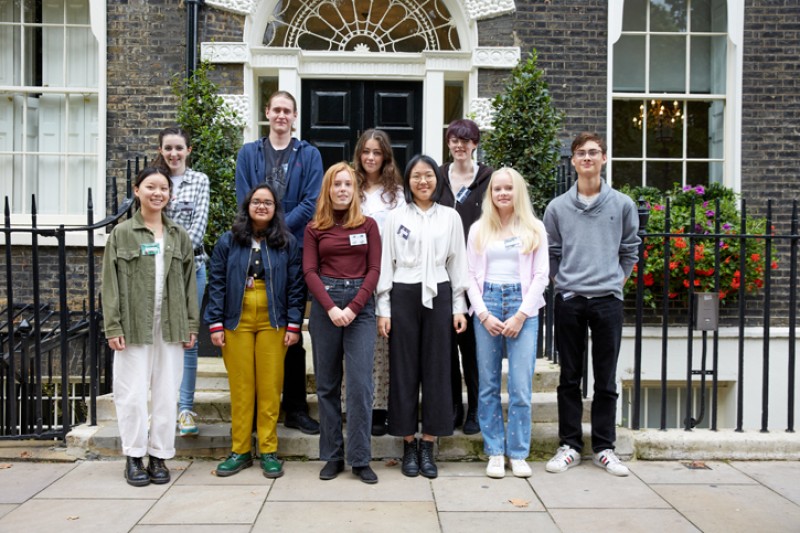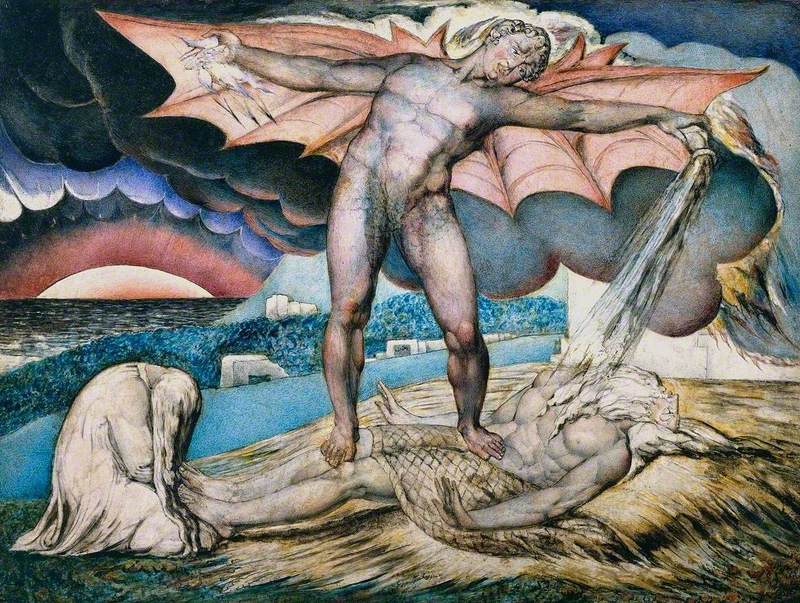This essay was written for the 2018 Write on Art prize, winning first place in the Year 12 & 13 category.
Pink and blue are tentatively appearing, fresh and delicate, out of tea-coloured varnish. It is London, 1967, and the initial restoration tests are being carried out on Titian’s Bacchus and Ariadne. The colours are emerging from the layers of time like the bacchante emerging from the woods of Naxos: the nine patches, each seven centimetres squared, are like peepholes into the ether. They are tantalising, fragile; the first little steps in a momentous restoration project that will have the painting back as it was when seen by its patron, Duke Alphonso d’Este of Ferrarra. Perhaps this is in the back of the Chief Restorer’s mind: I am like Alphonso – the painting is gradually being revealed to me. The painting is being reborn.
Alphonso first looked at the finished painting, in the camerino of his Ferrarra residence, in 1523. It was only the second of the five paintings that he wanted, but he would have been relieved to have it completed after a three-year wait. He had already had an artist die before they could complete their commission, and two artists who never began their work for him. He would have been satisfied at being able to rival his sister Isabella, whose lavishly decorated studiolo he envied. And perhaps he would be amused at the inclusion of his own little dog in the foreground, about to scamper out of the way as Bacchus leaps towards him.
The room is small, and the painting is hung relatively low, so Alphonso can see it closely. Walking towards it is like walking into the sunlight: the exquisite detail glistens. There are scattered seashells on the shore; quivering blades of grass; a kiss of a pink flower beneath the snake wrestler. Walking back, the landscape unfolds itself. It is Naxos – it is the Greek coast – but it is also the Veneto, with the Dolomites blue and hazy in the distance and the soft green of the fields and trees bathed in crystalline sunlight.
Titian was dependent on the knowledge of Alphonso and his Humanist advisors. They knew their Catallus and their Ovid, and they knew the story of how Ariadne was abandoned by her lover Theseus and then found by Bacchus, who fell in love with her at first glance and leapt off his chariot so the cheetahs that drew it would not frighten her. But Titian did something which only he could do: he captured the thrill of love; the moment of connection, of spontaneous emotional intimacy, when Bacchus’ heart stopped for a second, and Ariadne found her body turning instinctively towards him. Bacchus is leaping with a kind of clumsy elegance; his cloak pink against blue and his long hair catching the sunlight. He notices none of this, nor does he notice the raucousness around him. He is drawn to Ariadne like a magnet. She is turning, her arm is still raised in farewell to Theseus, with her mouth open and her gaze locked to Bacchus’. And they are swimming in colour.
Perhaps Alphonso is thinking about Catullus’ ekphrasis, which describes the marital bed coverlet of the hero Peleus and the sea goddess Thetis – a tapestry of this very scene. It does not matter that this tapestry did not exist in reality: it existed with luminous vivacity in the minds of the Ancients who read of it. Perhaps Alphonso imagines the painting as that tapestry, the brushstrokes as threads of light. In seeing the painting, he is like an Ancient seeing the tapestry in their mind’s eye as they read Catullus’ description. The painting is an ancient visualisation, reborn.
Catherine Jamieson
Further reading
A. Lucas & J. Plesters, 'Titian's Bacchus and Ariadne', National Gallery Technical Bulletin Vol. 2, 1978, pp.25–47
Raichel Le Goff, ‘Re-creating Antiquity in the Renaissance: Alfonso d’Este’s Camerino d’Alabastro’, presented as a postgraduate seminar at Oxford University, 1995
Charles Hope, Titian: Catalogue of the National Gallery Exhibition 19 Feb–18 May 2003, Chaucer Press, 2004
Charlotte Higgins, ‘In love’s labyrinth’, The Guardian, Sat 6 Oct 2007
